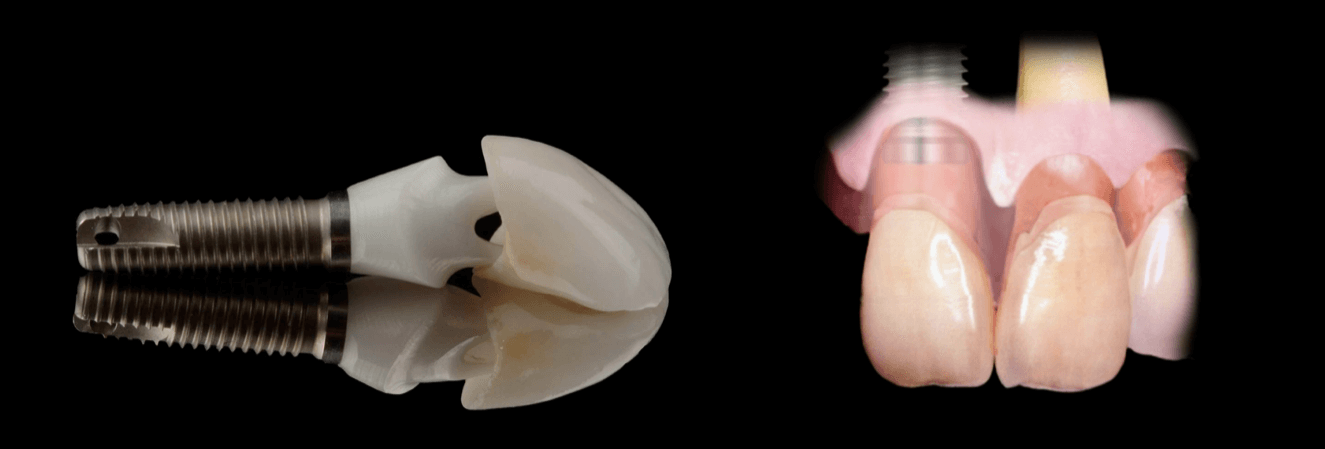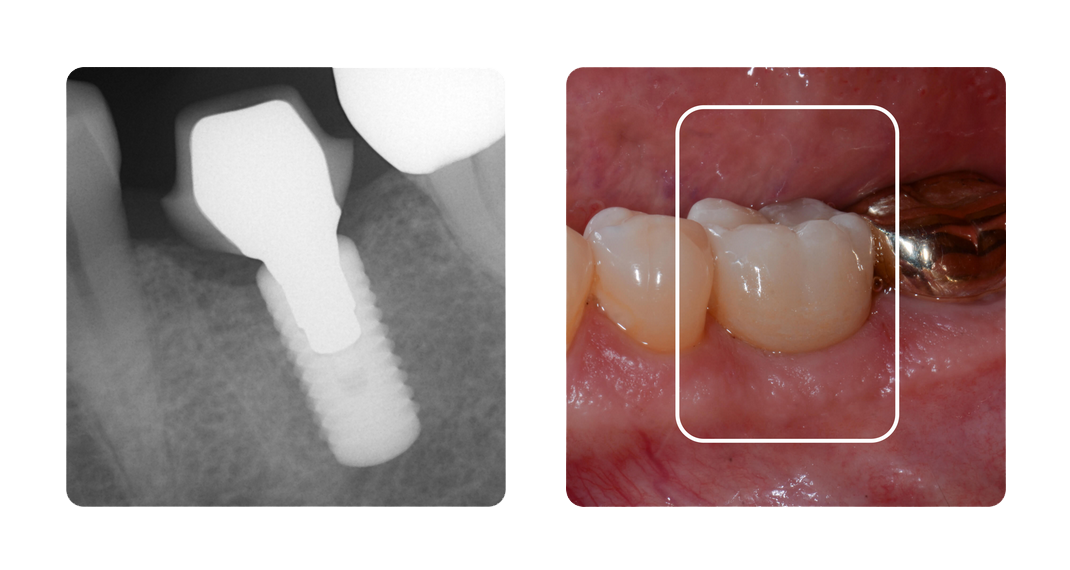Rediscover Your Smile with Dental Implants
August 1, 2024
Dr. Spaulding is often asked if an implant is a good option for tooth replacement. Generally, the answer is yes—implants are an excellent alternative to natural teeth. However, before determining if this is the right choice, there are a few key points that patients should be aware of and consider. First, let’s review the basic components of a dental implant:
Parts of an Implant:
- Body of the implant: Placed in the bone by a dental surgeon (either a periodontist or oral surgeon), this part integrates into the bone over several months.
- Abutment: Connects the body of the implant to the crown.
- Crown: The visible part of the implant that Dr. Spaulding creates and places in her practice.

Considerations Before Getting an Implant:
- Time: The process of having an implant placed and restored can take several months, and sometimes up to a year, to ensure the best outcome.
- Cleanliness: Once your implant is placed and restored, it’s essential to keep it clean daily. This typically involves using a Waterpik (like a pressure washer for your mouth) to remove debris from below the gums, along with regular professional dental cleanings. Although it may feel like a natural tooth, an implant lacks ligaments around the roots like a natural tooth. If the gums and bones aren’t kept healthy, infection can occur, potentially leading to the loss of the implant.

Implant Restoration Steps:
Once it’s determined that an implant is the best tooth replacement option for you, Dr. Spaulding will refer you to a surgeon for the placement of the implant body. After the implant is placed, it typically takes about four months for it to fully integrate into the bone—a period often referred to as the “waiting period” before restoration can begin.
Once the surgeon confirms that the implant is fully integrated, a torque test is performed to ensure stability. The surgeon then uncovers the implant head and places a round “button” or a screw-like head onto the implant, tightening it onto the gums. At this point, Dr. Spaulding steps in to work her magic.

Dr. Spaulding’s role is to mimic the natural shape of a tooth as it emerges from the gums, collaborating with her lab to create a natural-looking crown with proper form and function. This process involves taking an impression to craft a custom button, which replaces the round button placed by the surgeon, allowing the tissue to heal around its new shape for 6-8 weeks.
After this healing period, a final impression is taken and sent to Dr. Spaulding’s local lab, where a custom abutment and crown are fabricated. This typically takes about three weeks, after which you’ll receive your final crown!
Although the process may seem lengthy, an expertly placed implant and crown can be a valuable and reliable solution for replacing missing teeth.